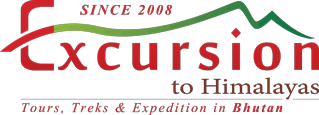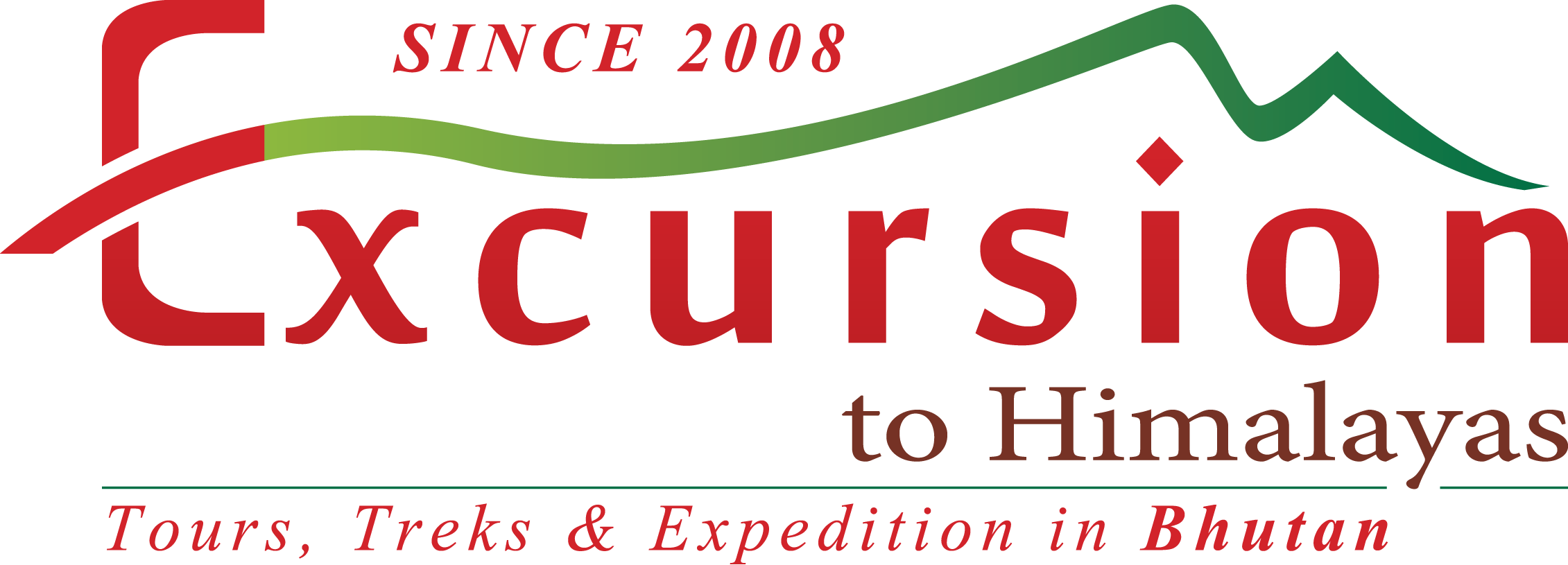The Best Places to Visit in Leh Ladakh.
Set amidst the epic Himalayas, Ladakh is a rustic and heavenly beautiful travel destination. The rugged valleys and mountains, winding roads coupled with the vibrant cultural life maintain the exuberance and charm of this region. The iconic Magnetic Hill, the turquoise colored Pangong Lake, the confluence of two mystical rivers, ancient and awe inspiring monasteries and the highest passes are a few of the marvelous attractions of Leh and Ladakh in general. The wide array of trekking routes will satiate your soul and enrich the senses. The moon like Desert Mountains continue to be an exceptional destination for adventure seekers and admirers of Buddhism and phenomenal mountain vistas. So, pack some travel essentials with you to explore the most enthralling destination of India and bring back souvenirs of endless memories with you.
Pangong Lake:
The most popular tourist attraction in Ladakh, Pangong lake is an endorheic (landlocked) lake situated at 4350 meters. Also known as Pangong Tso it is 12 kilometres long and extends from India to Tibet. Almost 60% of Pangong Lake lies in the Tibetan Autonomous Region. A unique feature of the lake is that it does not remain blue throughout the year or even the day, rather it changes colours from azure to light blue to green and grey too! It is famous amongst tourists as Ladakh lake, the spot where the Bollywood movie “3 Idiots” was shot.
Since the enthralling Pangong Lake falls on the Sino-Indian Actual Line of Control, an inner line permit is required to visit it. The Indian Nationals can easily obtain individual permits while other foreign nationals need to obtain a group permit, with at least 3 persons in the group, accompanied by an licensed guide. The permit can be obtained at the tourist office in Leh, for a small fee. Owing to its altitude, the Pangong Lake temperature ranges from -5°C to 10°C as a result of which it freezes completely during winters in spite of its salinity.
Khardungla Leh Ladakh Over View:
Khardung La, also known as Khardzong La, is a high mountain pass in Ladakh region of Jammu and Kashmir, near Leh. It serves as the gateway to Shyok and Nubra Valley. Khardung La is popular as the highest motorable road in India at an elevation of 5602 metres. However, contrary to the belief, its actual elevation is 5359 metres making Dungri La the highest motorable road pass in India.
Khardung La pass is a perfect getaway for adventure enthusiasts, peace seekers and mountain bikers. An Inner Line Permit is required by the tourists to enter the pass and travel through it. Due to heavy rains and snowfall, the Khardung La pass remains closed from October to May.
Khardung La pass road was built in 1976 and was opened for public in 1988. The pass is very important for India as it is used to carry supplies to Siachen glacier. From the top, you can get picturesque views of the Karakoram range and the Himalayas a perfect spot for photography.
Nubra Valley, Leh Ladakh Overview
The valley is one of the oldest valley in Ladakh. Nubra valley is a dash of lush greenery in Ladakh’s dessert and moonlike landscapes and slopes, being almost 3000m lower than Leh. Snuggled between the Karakoram Range and nourished by two rivers, Nubra is brimming with Sea buckthorns and Alfalfa.
During summers, the whole valley is carpeted with Pink and yellow roses and by Autumn in oodles of wild lavenders which, like almost everything around it, a sight beyond simple natural beauty. To travel to this place, tourists require an Inner Line Permit, that they can obtain in Leh.
Sangam, Leh Ladakh Overview
It is one of the beautiful confluence tourist can enjoy seeing two popular river meeting place. Sangam is the confluence of Indus and Zanskar Rivers in Ladakh. It is located 35km from Leh in Nimmu, on the Leh Srinagar highway. The two rivers can be separately seen meeting at this point. While the Indus River appears as shiny blue, Zanskar River appears muddy green. It is a spectacular site to witness.
The flow of the two rivers at Sangam changes according to the season. While Zanskar River is swollen and rapid in summers, Indus River is calmer. In winters, Zanskar slows down and almost freezes while the flow of Indus is even lesser. The Indus is the one of the longest rivers in Asia and originates in Tibet. Zanskar River is formed in the Zanskar Valley region.
Tso Moriri, Leh Ladakh Overview
The lake is very popular among tourist visting Ladakh. Tso Moriri Lake is the largest high altitude lakes in India situated at an altitude of 4,595m. Located between Ladakh and Tibet in the Changtang region, it is a twin to the Pangong Lake. This lake offers a scenic place of peace and tranquility flanked by mountains, measuring about 28 km in length from north to south, and 8 km wide. An inner line permit is required for visiting Tso Moriri lake.
The stunning Tso Moriri can be visited only during the summer months starting from April when the lake starts to melt. May, June, July and August are the peak tourist season. Tso Moriri remains inaccessible and entirely frozen from January to March.
Tso Moriri is a declared Ramsar site which means one cannot set up a tent or construct anything near the lake. A number of birds can be spotted at Tso Moriri like the bare-headed goose, the great-crested grebe, the Brahmin duck and the brown-headed gull. Himalayan hares are abundantly found here too. It is also called the ‘mountain lake’, owing to the peaks that surround it, towering at a height of 2000 meters, shutting it off from the outside world.
Thiksey Monastery, Leh Ladakh Overview
Thiksey Monastery is amazing looking monastery located on a hilltop. It is a tibetan-style monastery located 20km south of Leh, on Leh Manali highway. The twelve-storey monastery is located on top of a hill, giving magnificent views of the town and the Indus valley below. The main highlight of Thiksey is the Maitreya Temple which houses a 15-metre high Maitreya Buddha statue. It covers two-stories of the building and is the largest such statue in Ladakh.
Thiksey consists of numerous white buildings that are arranged in hierarchical order, which stand out against the rocky golden brown hills. It resembles the Potala Palace in Lhasa, Tibet. Thiksey consists of 10 temples and is currently home to over a 100 monks. The monastery houses Buddhist stupas, thangkas, swords, wall paintings and statues. Other main attractions at Thiksey are Tara Temple, Lamokhang Temple, Assemnly Hall, Nunnery, Library and the rooftop. Many monks and elder live inside the monastery.
Leh Palace in Ladakh
The Leh Palace, also known as ‘Lhachen Palkhar,’ is a 17th-century former royal palace and one of the central attractions in Leh. Built under the patronage of by King Sengge Namgyal, it used to house his family. The nine-storey dun-colored palace now houses a museum and a prayer room, while the highlight is the sweeping view of Leh and the surrounding Zanskar mountain from the rooftop.
The Leh Palace is modeled on the Potala Palace in Lhasa (Tibet), and a considerable part is now in ruins due to the Kashmiri invasion that took place in the 19th century. The beauty of the Leh Palace still stands in pride with a lot of ancient Buddha relics, paintings, old utensils, cutlery used by the royal family and artifacts adorning the walls, most of which are almost 450 years old.
The palace looks even more stunning when it is lighted upon certain special occasions, such as Galdam Namchot festival when locals gather around the palace to celebrate the local festival. The majestic palace is presently under the Archaeological Survey of India, which is working on renovating the ancient structures of that era and striving to keep intact the history of the Namgyal dynasty in Leh.
Shey Monastery or Palace, in Ladakh.
Shey Monastery or the Shey Palace is an ancient monastery located 15km from Leh. It once served as the summer capital of Ladakh but is mostly in ruins now. Located on top of a hillock, it offers stunning panoramic views. The highlight of the monastery is 39ft tall Shakyamuni Buddha statue which is the second largest Buddha statue in Jammu & Kashmir. A special permission needs to be taken to visit the monastery.
Shey Monastery is often visited along with the surrounding Thiksey Monastery, Hemis Monastery, Stakna Monastery, and Matho Monastery. The monastery complex is adorned with various murals and rock carvings of Buddha. 400 metre away is another shrine which houses the Shakyamuni Statue in the sitting posture. The best time to visit the monastery is during Shey Rhupla and Shey Doo Lhoo festival celebrated in July or August every year. The Shey Palace was built in1655 by Deldan Namgyal, the king of Ladakh, in memory of his father.
Diskit monastery in Ladakh
The oldest and most visited monastery by the pilgrimage is Diskit moastery. Also known as Deskit/ Diskit Gompa, the Diskit Monastery is the oldest and largest monastery in Nubra valley. It holds a strong bond with the Tibetan myth. This holy site is believed to have been the very residence of an anti-Buddhist Mongolian demon. Although this evil being was killed several times close to the monastery, it always came back alive. It is said that Diskit Monastery houses the disintegrated head and hand of this demon.
This monastery also houses a school which is run in collaboration with an NGO named “The Tibet support group”. The school provides computer facilities and also teaches the Tibetan kids science in the English language. Diskit Monastery is renowned for its festival “Dosmoche”, translating into the festival of the Scapegoat. Masked monk performances expressing the power of good over evil is a typical sight during this celebration. It is said that this dance form eradicates bad luck.
Spituk Monastery, Leh Ladakh Overview
This monastery is must visit place in Ladakh.Spituk Monastery also called Spituk Gompa,is a Buddhist monastery located about 8 kms from Leh. One of the most dazzling monasteries in India, it houses 100 monks and a giant statue of Kali, which is unveiled during the annual Gustor Festival held every year. It is famous for its collection of Buddhist objects of antique arms, icon, ancient masks and numerous Thangka paintings.
Known as Pethup Gompa among the locals, the Spituk Monastery was founded by Od-de, the elder brother of Lha Lama Changchub Od when he came to Maryul in the 11th Century. The site was blessed by the Arhat Nyimagung. When Lotsewa Rinchen Zangpo (Translator) came to that place he said that an exemplary religious community would arise there and so the monastery was called Spituk. Spituk Monastery,with its commanding view of the Indus Valley and the surrounding beauty, is often visited by tourists from all across the globe.
Do not hesitate to give us a call. We are an expert team and we are happy to talk to you.
+97517140505
info@excursiontohimalaya.com

